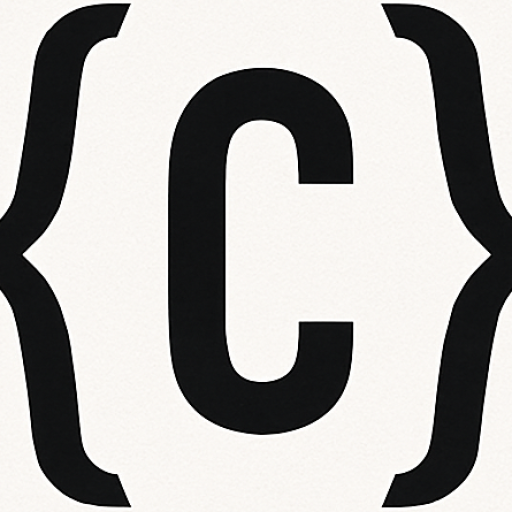There’s a difference between pressure and stress. They often get muddled together, especially in work chats where everyone’s “under pressure” or “stressed out.” But they’re not the same thing and if accept that and accept people handle pressure in different ways, we can recognise the difference and react accordingly.
Pressure is even. Stress is focused.
Think of pressure like the atmosphere: applied all around, steady, invisible. It keeps planes in the air and ships afloat. It pushes you to make decisions, but in a healthy way. Pressure can sharpen you, align you, and move you forward.
Stress, on the other hand, is a crack in the windscreen. All the force focuses on that one weak spot until **onomatopoeia** the whole thing shatters. Stress doesn’t keep things in place, it breaks them apart.
Why the Distinction Matters
- Pressure makes you better. A deadline, a presentation, a product launch — they give direction. You don’t waffle endlessly, you choose.
- Stress makes you worse. A single overloaded individual, a bottlenecked process, a toxic relationship — they magnify cracks until people or systems fail.
Daniel Kahneman’s Thinking, Fast and Slow explores how people make decisions under different conditions. He shows that time pressure can sometimes lead to quicker, more decisive action by forcing us to ignore distractions. However, when stress becomes overwhelming, it impairs judgment, increases cognitive bias, and leads to poor choices. Clear thinking requires mental effort, and stress can disrupt that process by overloading our capacity to reason.
For Teams
Lets say your team is handed a high-stakes feature with a tight deadline. Everyone feels the weight, but it’s good pressure: the objectives are crystal clear, priorities don’t shift, and product owners are on tap for fast feedback. Work is visible on the Kanban board, WIP limits keep things flowing, and blockers are swarmed like flies on Irn-Bru.
Time pressure sharpens focus. Decisions are made quickly, but with confidence because everyone’s aligned. I can confidently say, this work will get done, on time and everyone will be excellent to each other (people know Bill and Ted’s excellent adventure right?)
Now. same team, same deadline but this time the ground keeps moving. Priorities change mid-sprint. Scope creeps without timelines budging. Developers get yanked into endless meetings while others rush to patch defects from yesterday’s “just ship it” fixes.
Making things worst is that you start to change processes, be punitive with new checklist and micromanagement.
Communication frays, corners get cut, and morale nosedives. What started as healthy pressure curdles (#metaphore) into stress. By the deadline, the cracks are obvious: missing functionality, buggy behaviour, and a team wondering why they burned themselves out just to fall short. You are making the same mistakes and expecting different outcomes. (That quote you are thinking about – Einstein never said it)
Leaders should design pressure, not stress.
- Pressure is a clear, shared goal with distributed responsibility.
- Stress is one person holding the bag while everyone else looks busy.
- Pressure is a sprint with a recovery week.
- Stress is an endless marathon with no water stops.
For Yourself
The trick is to notice the difference. If you feel stretched but focused – that’s pressure. If you feel trapped, brittle, and one bad email away from snapping – that’s yer stress.
I want to labour the point that If you’re designing processes to engineer software, make sure they add pressure, not stress. Party on, dudes.

